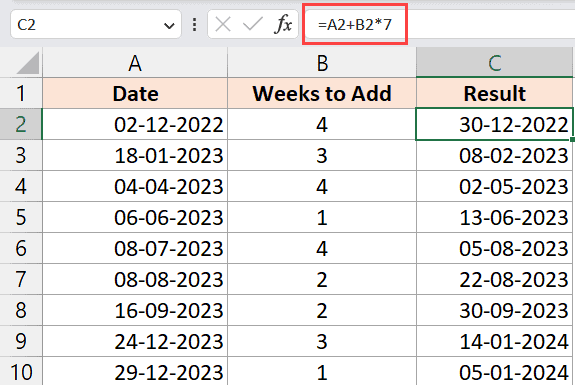9 Expert Ways To Import Json Excel Files Now

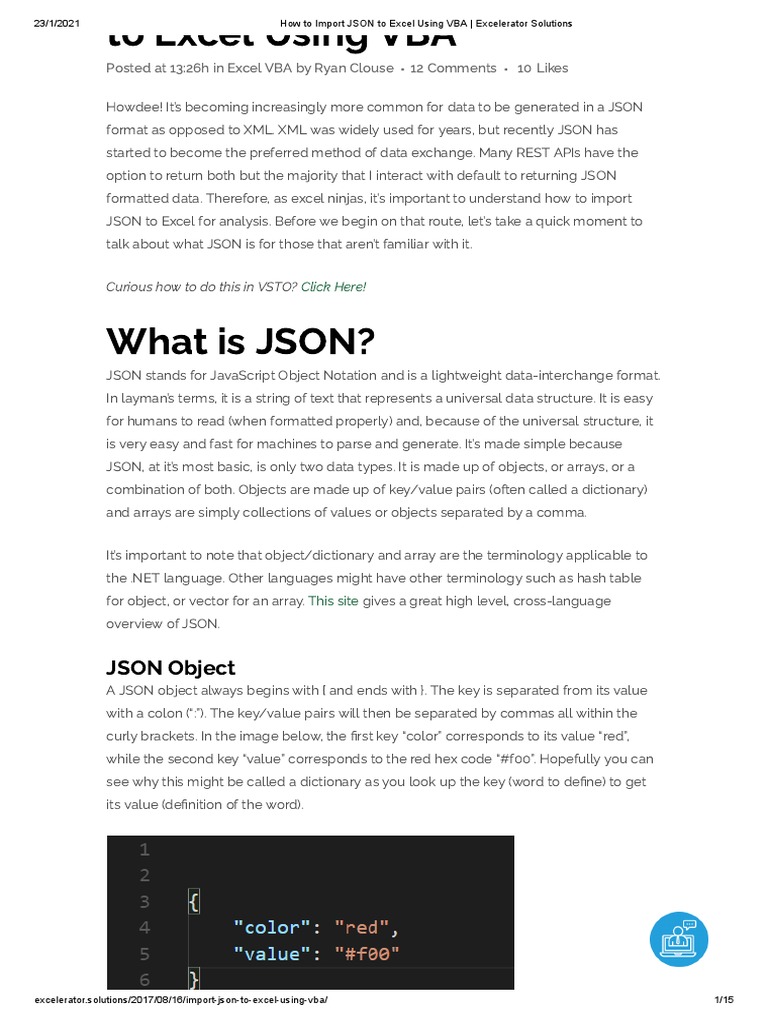
Introduction to Importing JSON and Excel Files
Importing data from JSON and Excel files is a common task in various applications, including web development, data analysis, and machine learning. JSON (JavaScript Object Notation) and Excel are two popular formats for storing and exchanging data. In this article, we will discuss 9 expert ways to import JSON and Excel files, focusing on the most efficient and widely-used methods.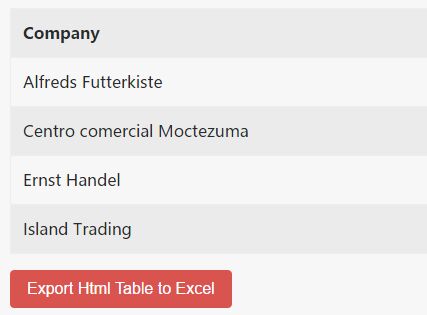
Understanding JSON Files
JSON files are lightweight, text-based files that contain data in a structured format. They are easy to read and write, making them a popular choice for data exchange between web servers, web applications, and mobile apps. JSON files typically have a .json extension and can be opened with any text editor.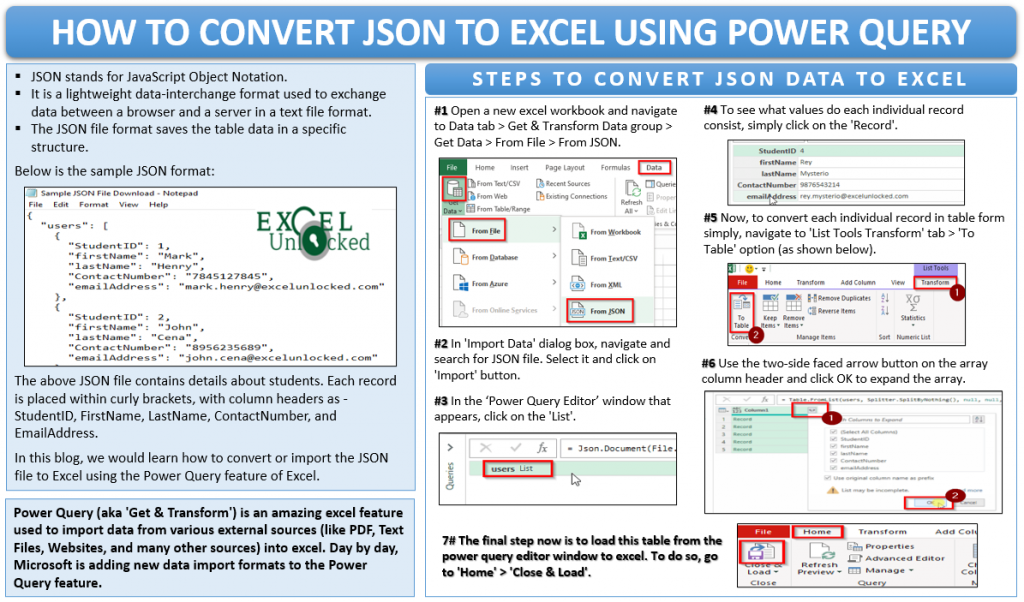
Understanding Excel Files
Excel files, on the other hand, are spreadsheet files that contain data in a tabular format. They are widely used for data analysis, reporting, and visualization. Excel files typically have a .xlsx extension and can be opened with Microsoft Excel or other spreadsheet software.
Importing JSON Files
Here are a few ways to import JSON files: * Using JavaScript: You can use theJSON.parse() method to import JSON data in JavaScript.
* Using Python: You can use the json module to import JSON data in Python.
* Using Java: You can use the JSONObject class to import JSON data in Java.
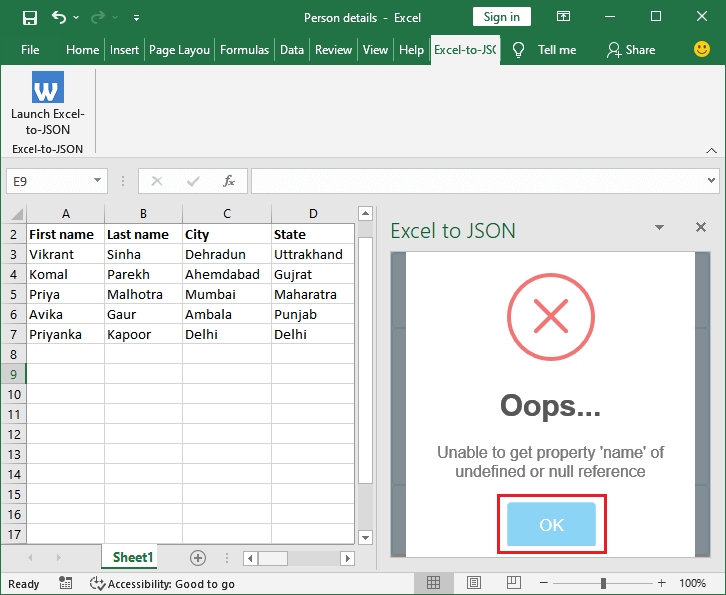
Importing Excel Files
Here are a few ways to import Excel files: * Using Python: You can use thepandas library to import Excel data in Python.
* Using Java: You can use the Apache POI library to import Excel data in Java.
* Using JavaScript: You can use the xlsx library to import Excel data in JavaScript.
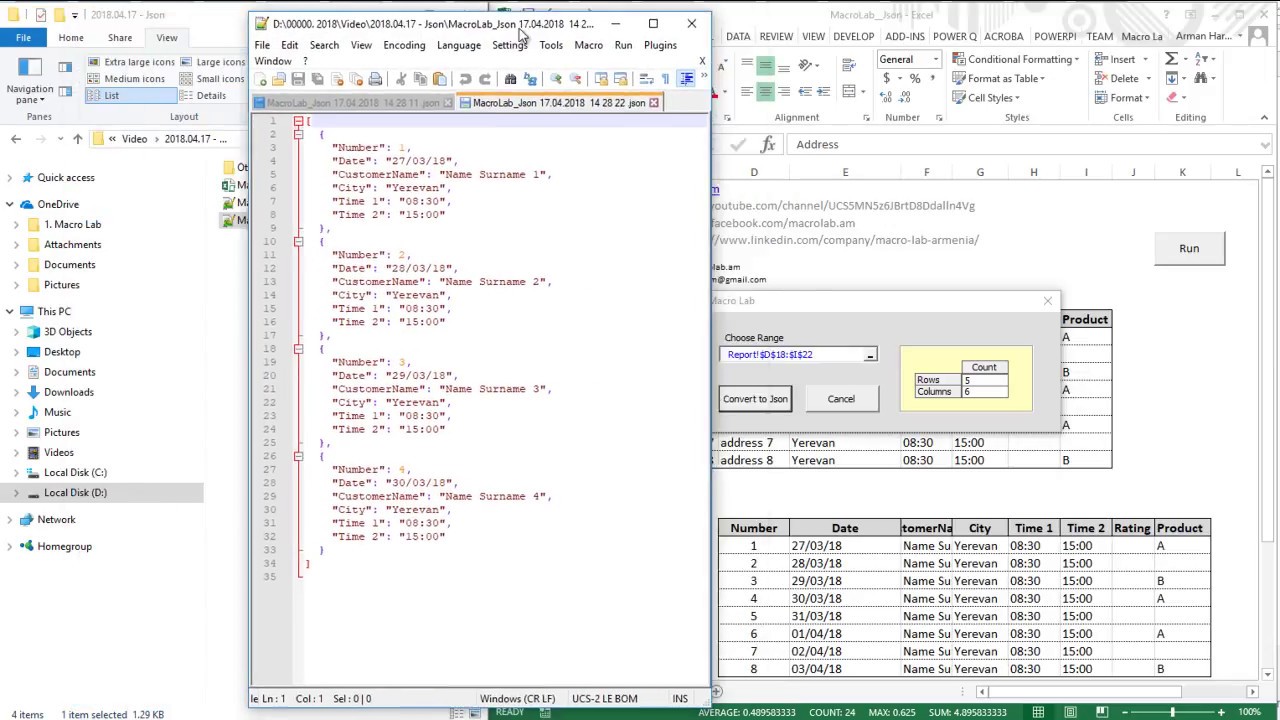
Expert Ways to Import JSON and Excel Files
Here are 9 expert ways to import JSON and Excel files: 1. Using Online Tools: There are several online tools available that allow you to import JSON and Excel files, such as JSON Editor Online and Excel Online. 2. Using Command Line Tools: You can use command line tools likejq to import JSON data and xlsx2csv to import Excel data.
3. Using Programming Languages: You can use programming languages like Python, Java, and JavaScript to import JSON and Excel data.
4. Using Data Integration Platforms: You can use data integration platforms like Talend and Informatica to import JSON and Excel data.
5. Using Cloud-Based Services: You can use cloud-based services like Amazon S3 and Google Cloud Storage to import JSON and Excel data.
6. Using Machine Learning Libraries: You can use machine learning libraries like scikit-learn and TensorFlow to import JSON and Excel data.
7. Using Data Visualization Tools: You can use data visualization tools like Tableau and Power BI to import JSON and Excel data.
8. Using ETL Tools: You can use ETL (Extract, Transform, Load) tools like Microsoft SQL Server Integration Services to import JSON and Excel data.
9. Using Big Data Technologies: You can use big data technologies like Hadoop and Spark to import JSON and Excel data.
📝 Note: When importing JSON and Excel files, it's essential to consider factors like data quality, security, and scalability to ensure that your data is accurate, secure, and easily accessible.

Comparison of Import Methods
Here is a comparison of the different import methods: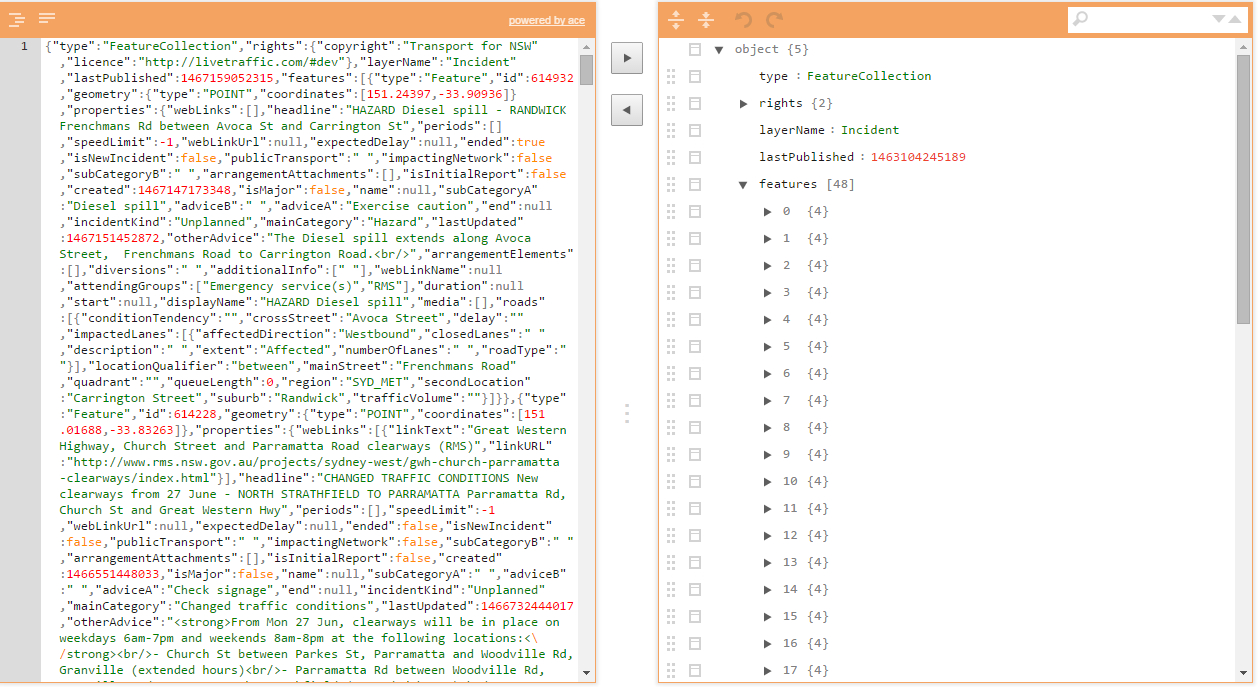
| Method | Pros | Cons |
|---|---|---|
| Online Tools | Easy to use, convenient | Limited functionality, security concerns |
| Command Line Tools | Flexible, customizable | Steep learning curve, requires technical expertise |
| Programming Languages | Flexible, scalable | Requires programming skills, can be time-consuming |
| Data Integration Platforms | Scalable, secure | Complex, expensive |
| Cloud-Based Services | Scalable, secure | Dependent on internet connection, security concerns |
| Machine Learning Libraries | Flexible, scalable | Requires machine learning expertise, can be time-consuming |
| Data Visualization Tools | Easy to use, convenient | Limited functionality, security concerns |
| ETL Tools | Scalable, secure | Complex, expensive |
| Big Data Technologies | Scalable, secure | Complex, requires big data expertise |
In summary, the choice of import method depends on the specific requirements of your project, including the size and complexity of your data, the level of security and scalability required, and the technical expertise of your team.
In the end, importing JSON and Excel files is a critical step in many applications, and choosing the right import method can make a significant difference in the success of your project. By considering the pros and cons of each method and selecting the one that best fits your needs, you can ensure that your data is imported efficiently, securely, and accurately.


